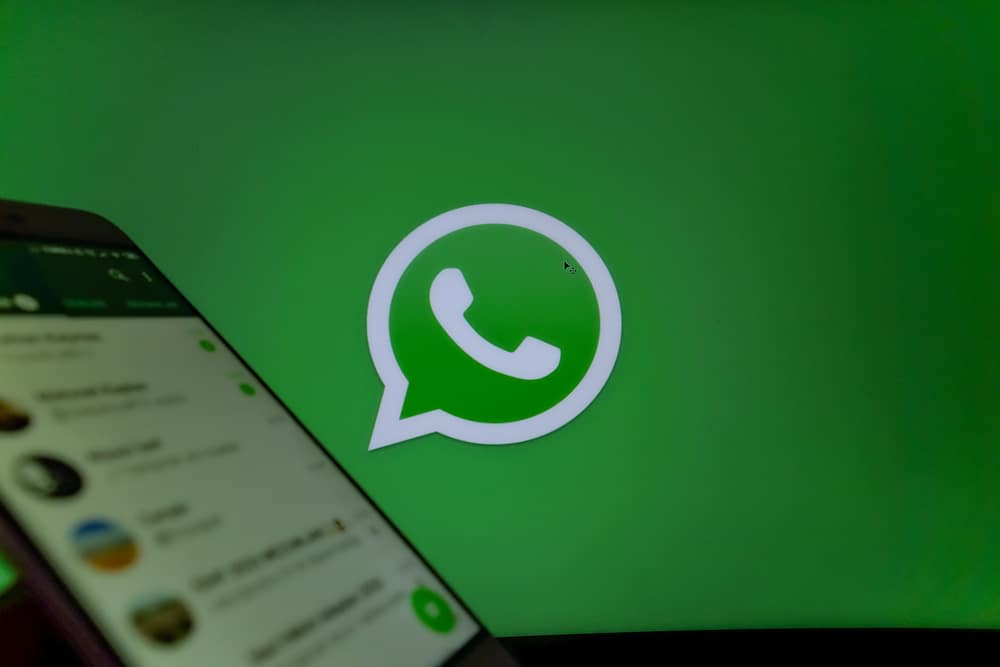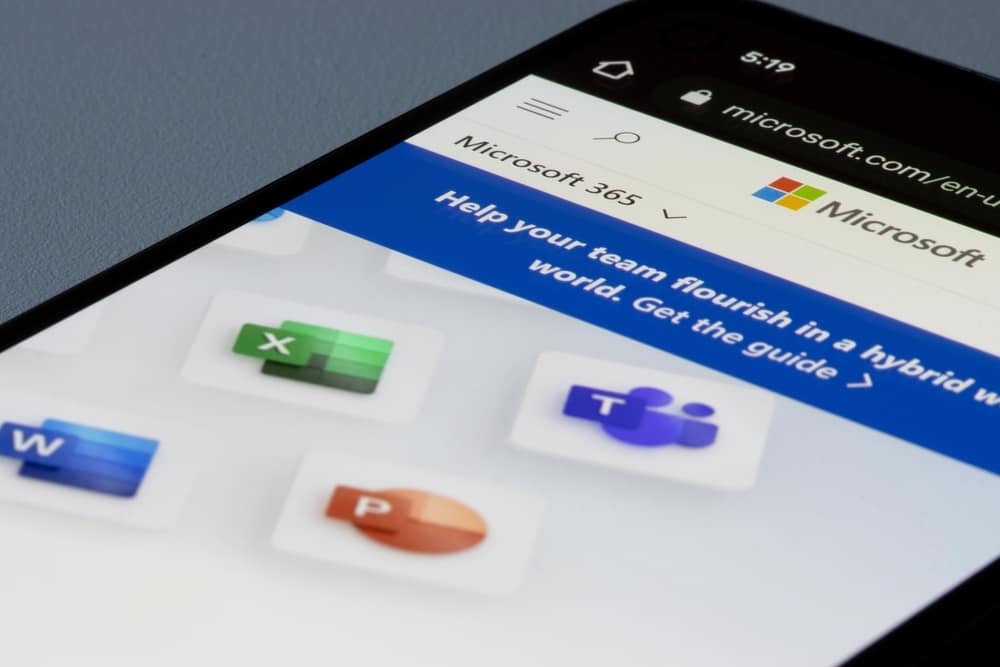
Microsoft Teams shows an “Away” status when you leave the application, or your computer sleeps. The “Away” status can land you in problems with your employer or cause issues when video-calling customers think you are unavailable.
Thankfully, you can prevent the app from showing the Away status with a few tricks. But how do I stop Microsoft Teams from showing “Away”?
To stop Microsoft Teams from showing “Away,” try the following tricks. First, set a custom status message. Secondly, prevent your device from going to sleep in the Control Panel. Lastly, keep your device from going to idle mode using a jiggle mouse app or running a media-playing app in the background.
This post highlights the various ways to stop Microsoft Teams from showing “Away.“
Overview of Stopping Microsoft Teams From Showing “Away“
Microsoft Teams is one of the best instant messaging apps for organizations and businesses that work as a team. It makes collaboration, tracking, and information sharing hassle-free. Like many apps, it will show an “Available” status when you are actively working.
However, Microsoft Teams is sensitive and will automatically change to an “Away” status when you step away from the device for a few moments. Additionally, the app will show away when your computer sleeps or is idle.
So how do you stop Microsoft Teams from showing “Away”?
How Do I Stop Microsoft Teams From Showing “Away“?
Below are various tricks to help you stop Microsoft Teams from showing “Away.”
Set Up a Custom Status Message
Microsoft Teams offers various statuses that notify others whether you are active, busy, or unreachable. These include “Available,” “Away,” “Busy,” “In a Meeting,” “Out of The Office,” and “Do Not Disturb.” Besides these statuses, the app lets you set a custom status message to notify the rest of the team if you are available.
You can set up a custom status to prevent Microsoft Teams from showing “Away.” Below is the step-by-step process of setting up a custom status message on Microsoft Teams.
- Open Microsoft Teams on your computer and log in to your account.
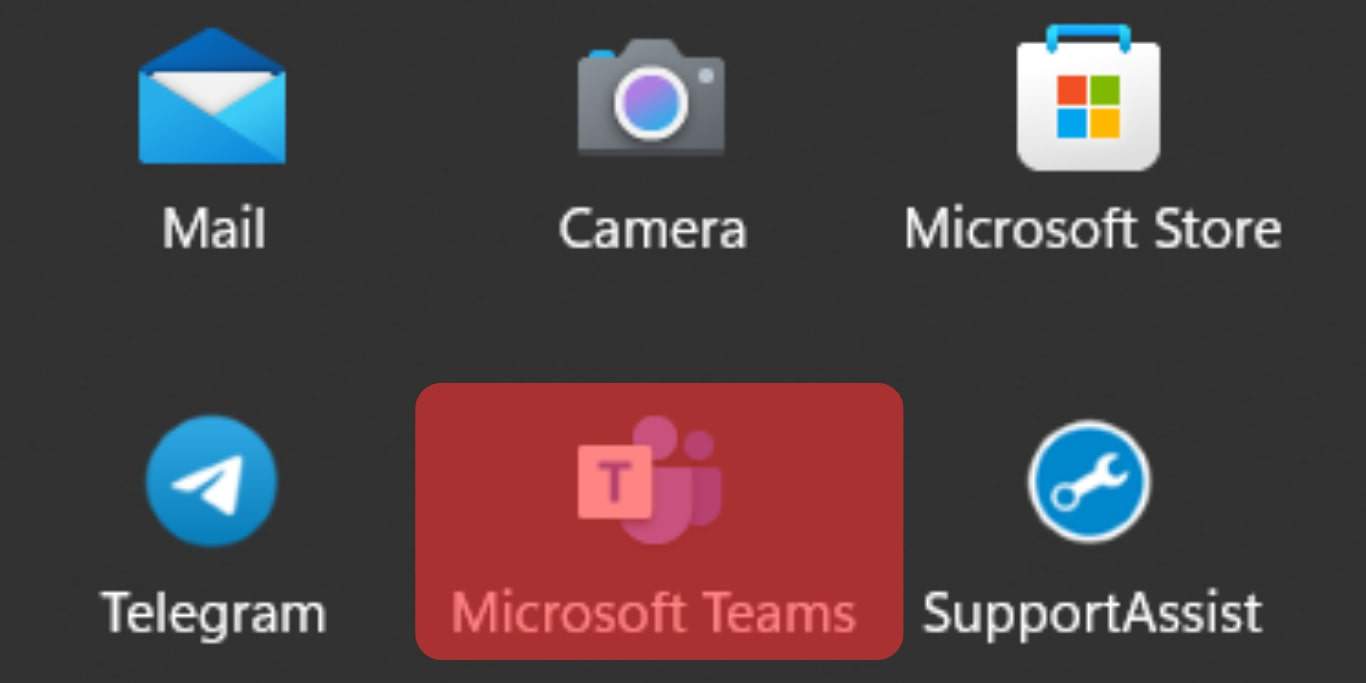
- Click on your profile icon at the top right.
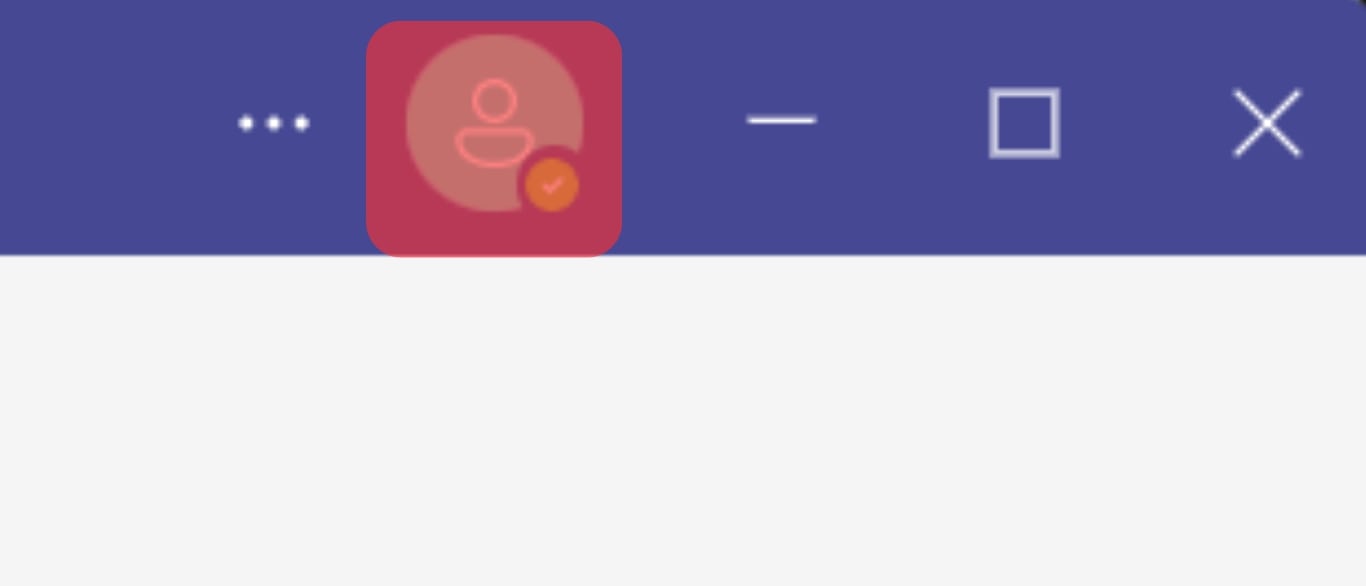
- Select “Set Status Message.”
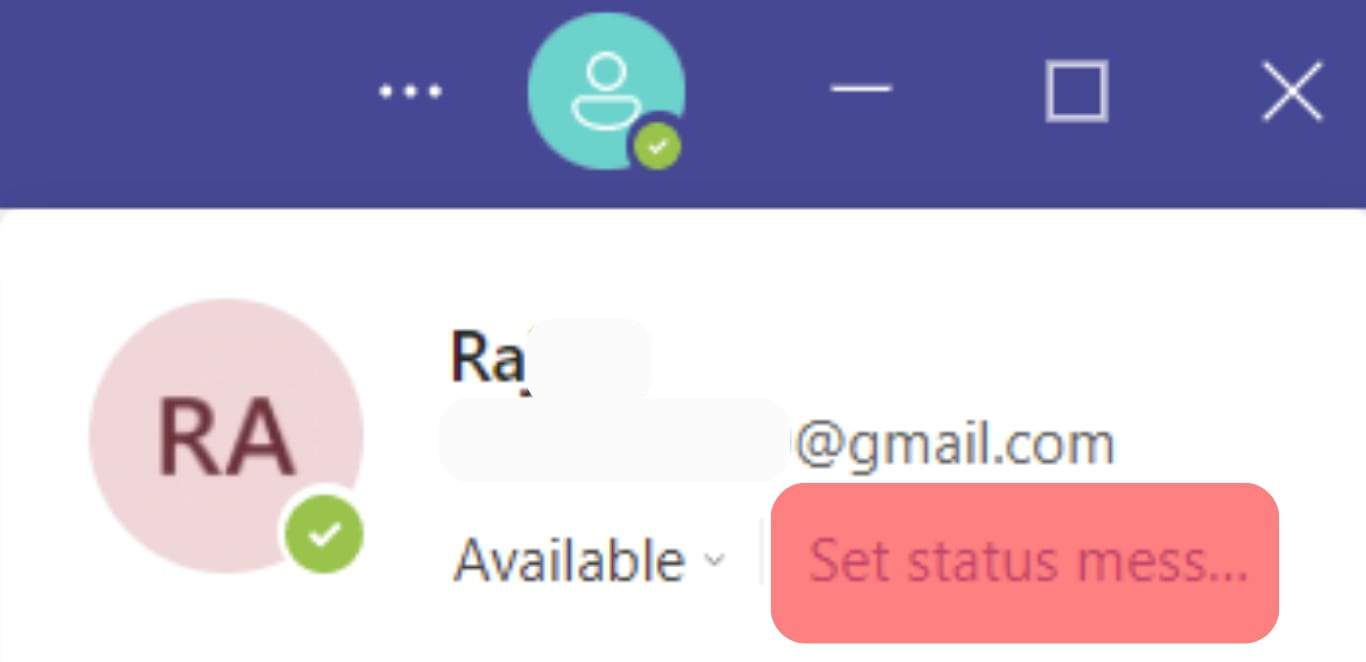
- Enter your custom status message in the provided field.
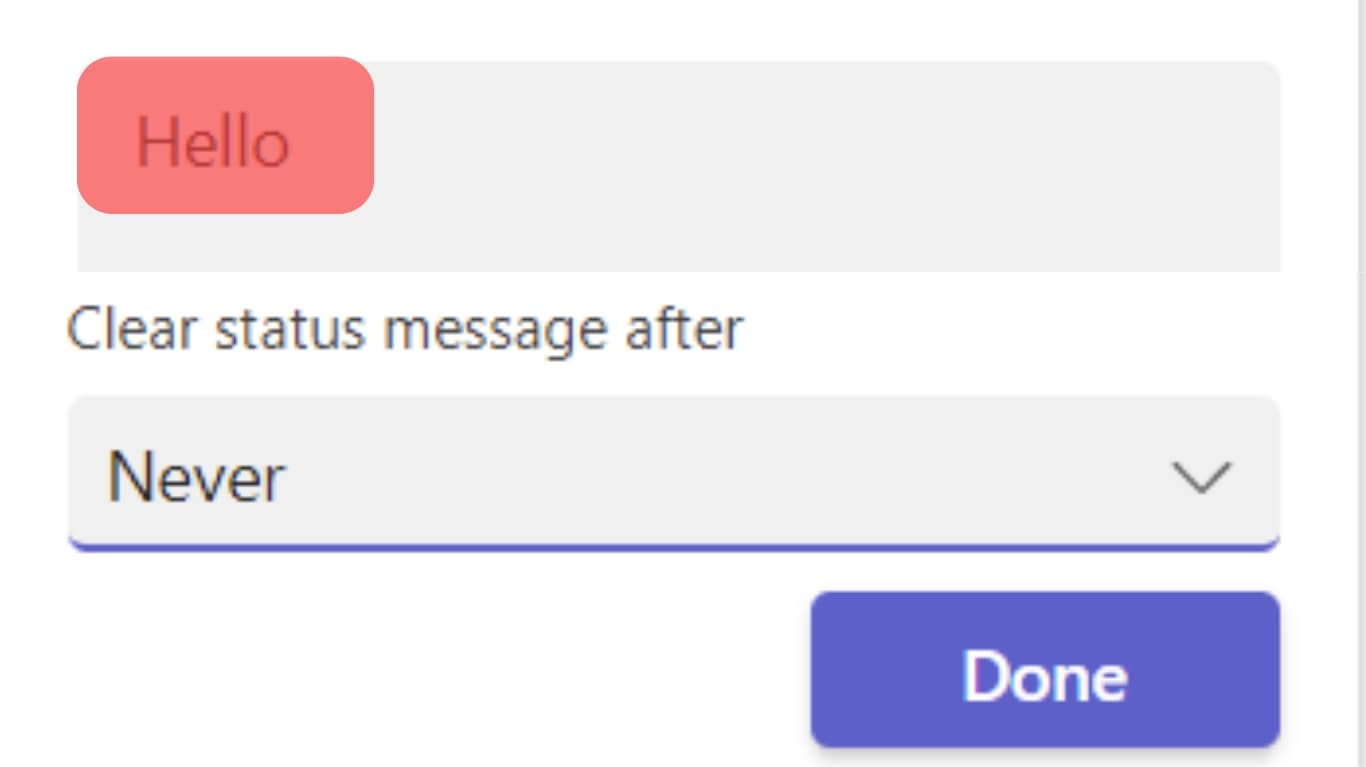
- Choose “Never” in the “Clear status message after” section.
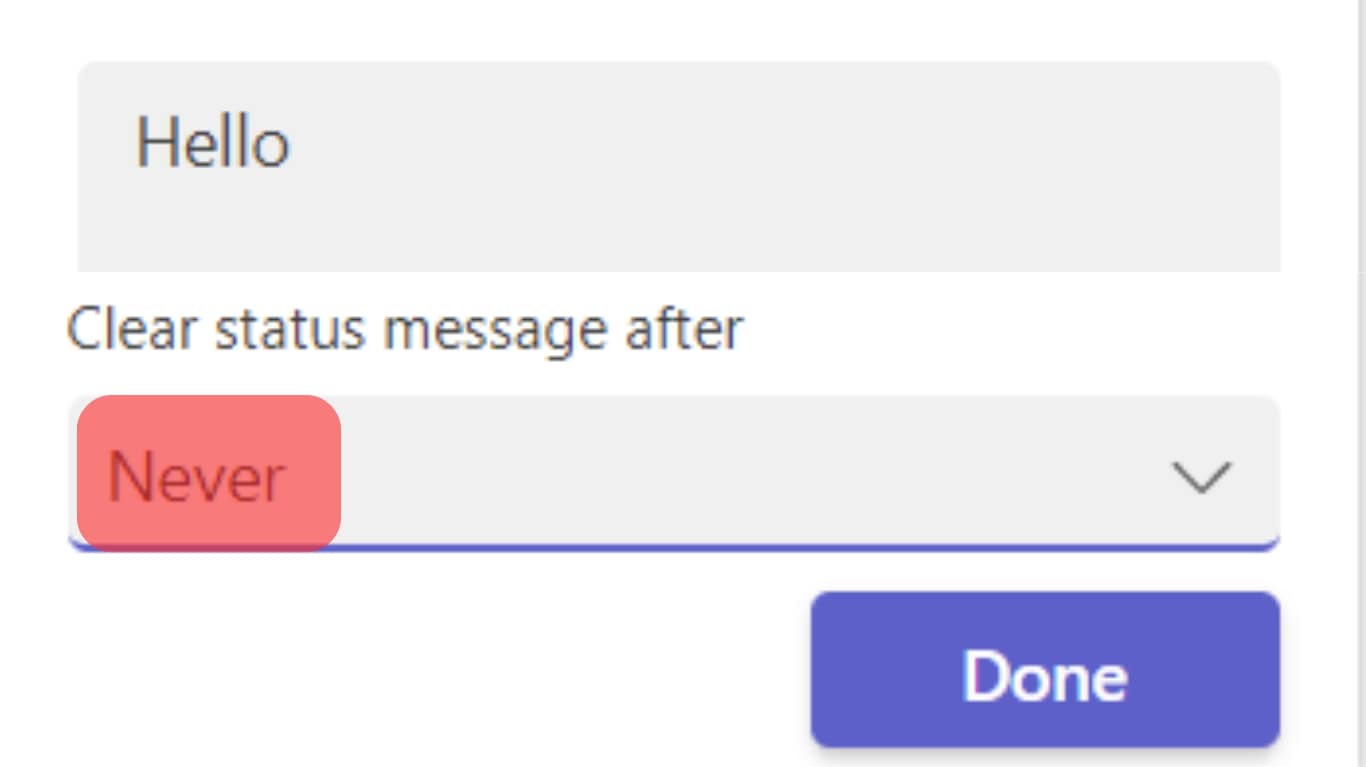
- Click “Done.”
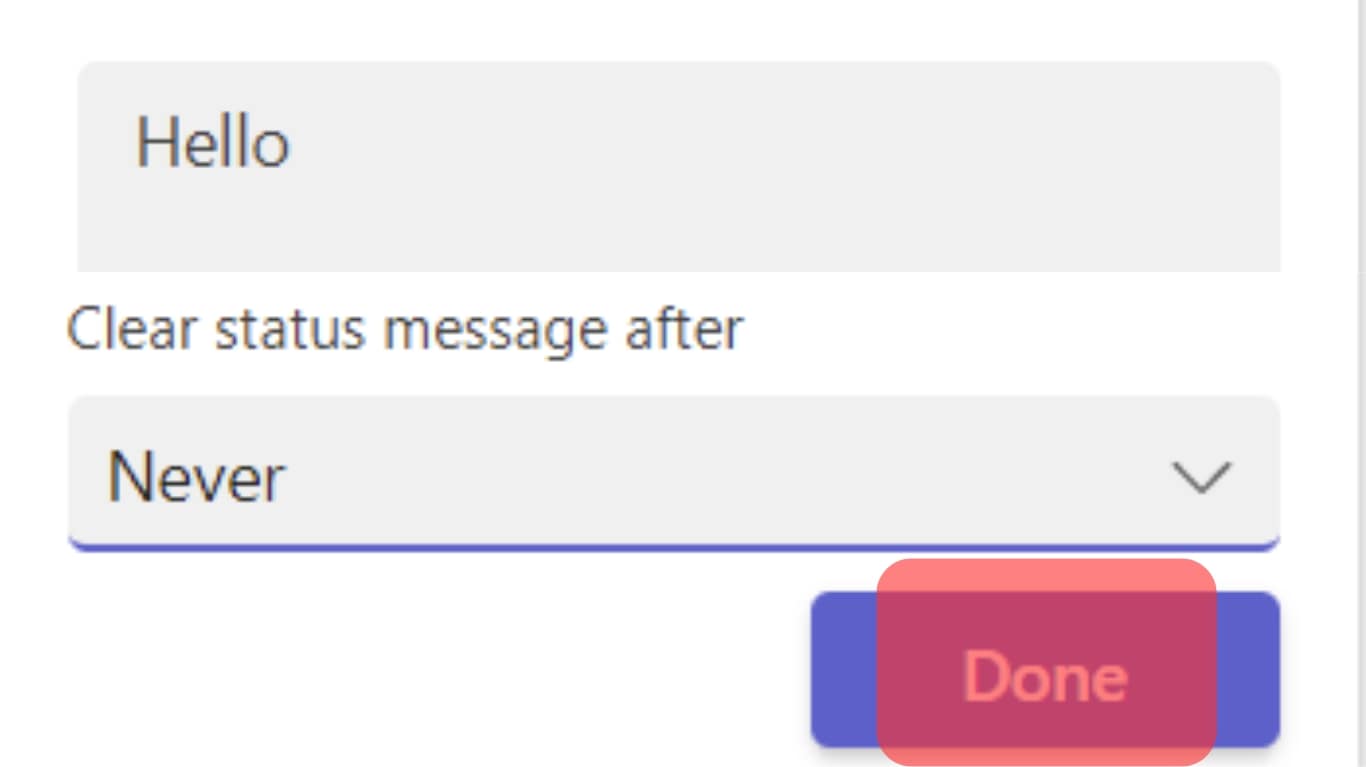
Prevent Your Device From Going To Sleep
As mentioned, Microsoft Teams shows “Away” when your computer sleeps. To stop the app from showing this status, change your settings to keep your device from going to sleep. Below are the steps to prevent a computer from going to sleep.
- Click on the Windows icon.
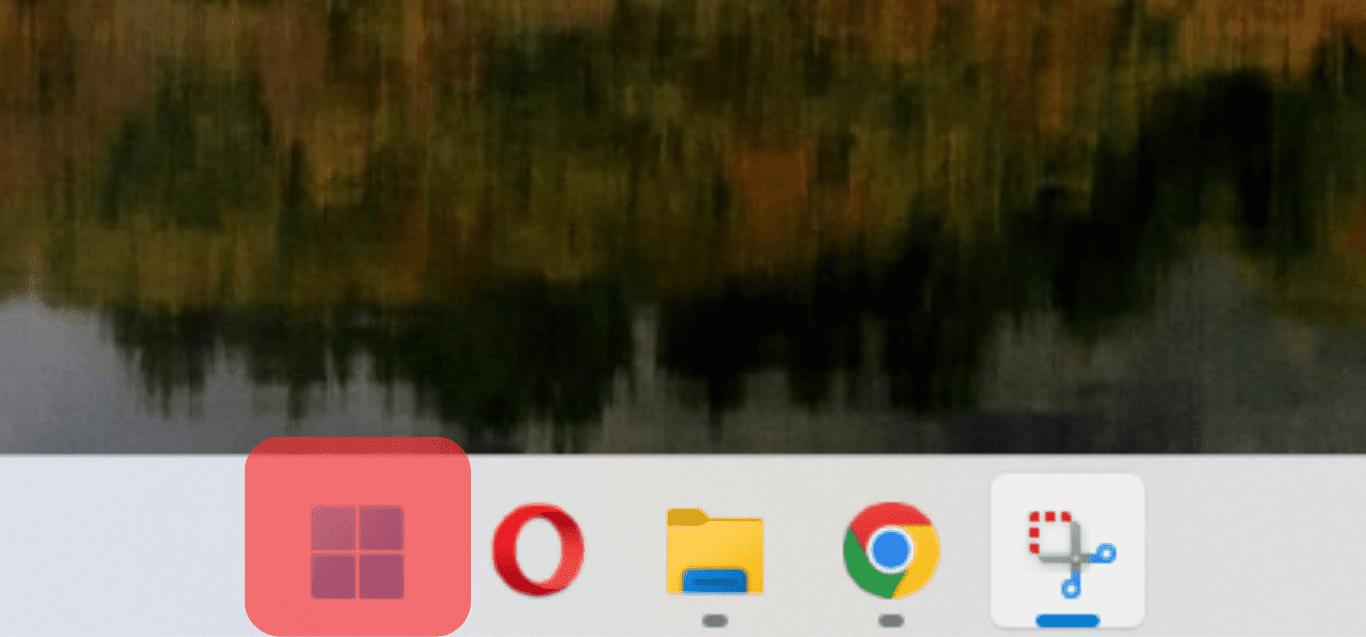
- Search for “Control Panel” and open it.
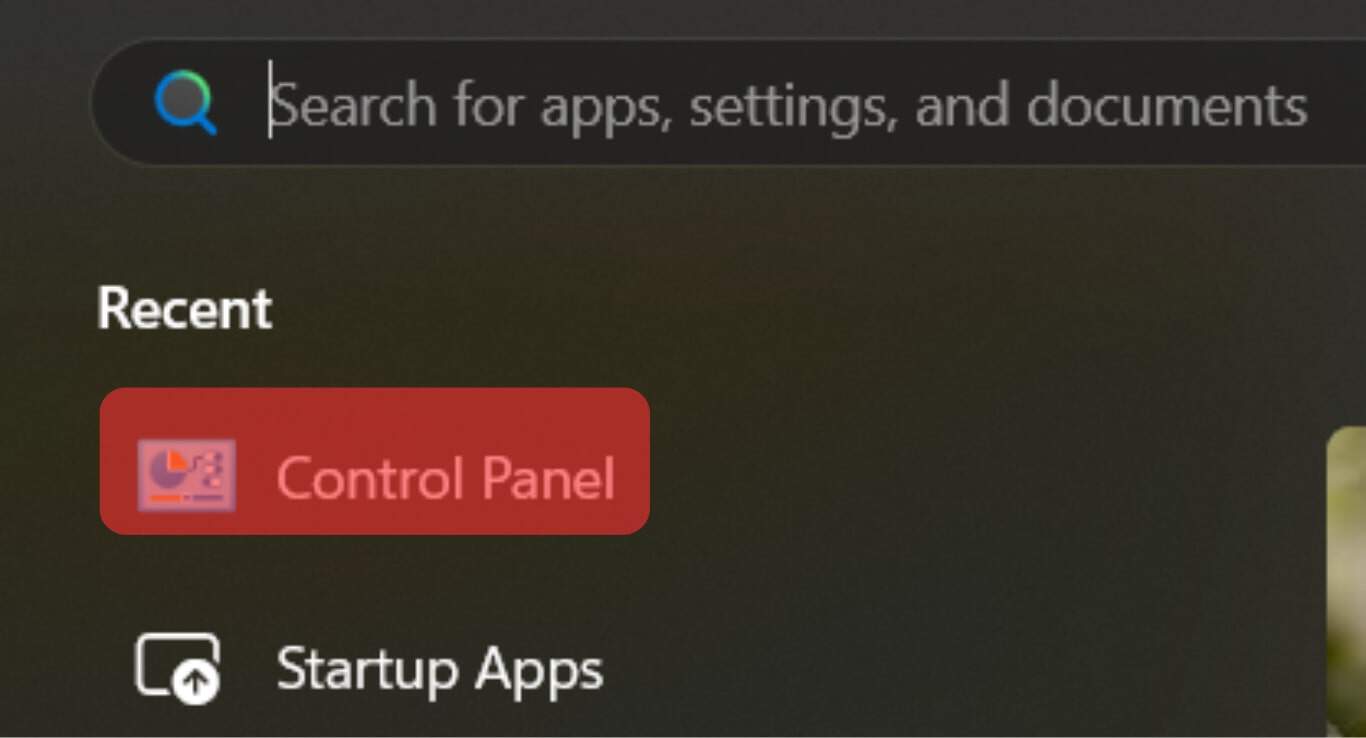
- Click “Hardware and Sound.”
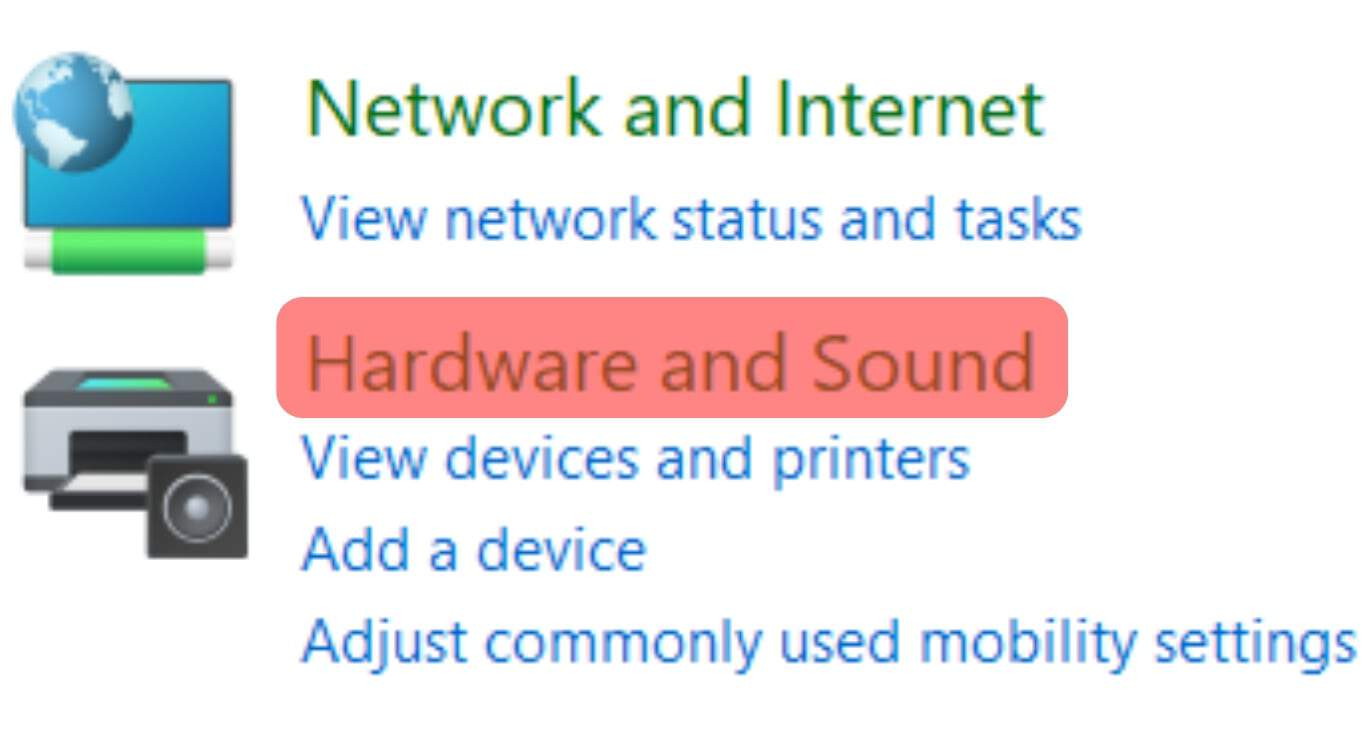
- Click “Power Options.”
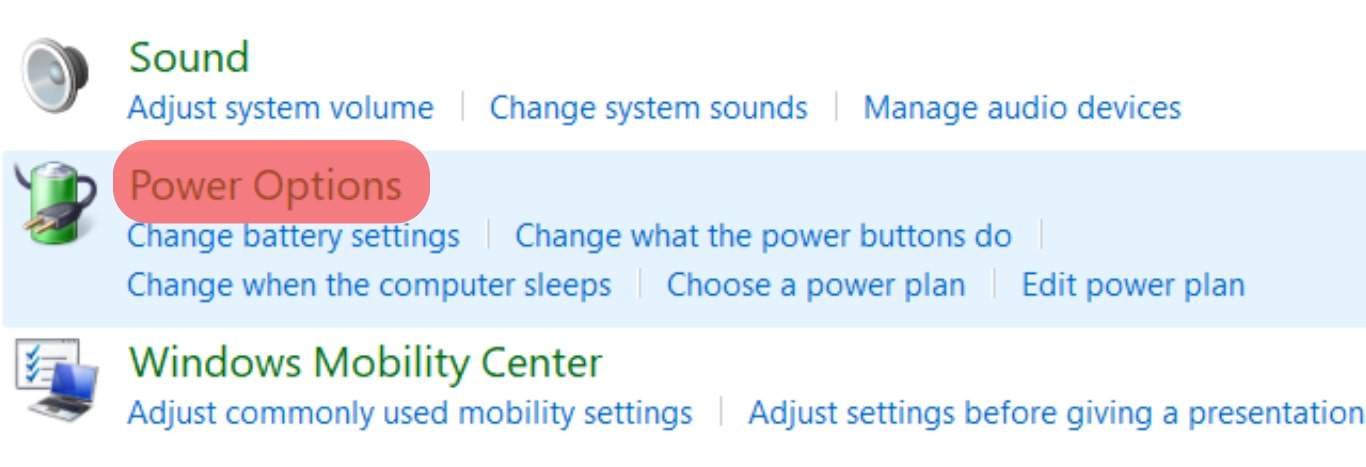
- Select “Change when the computer sleeps.”
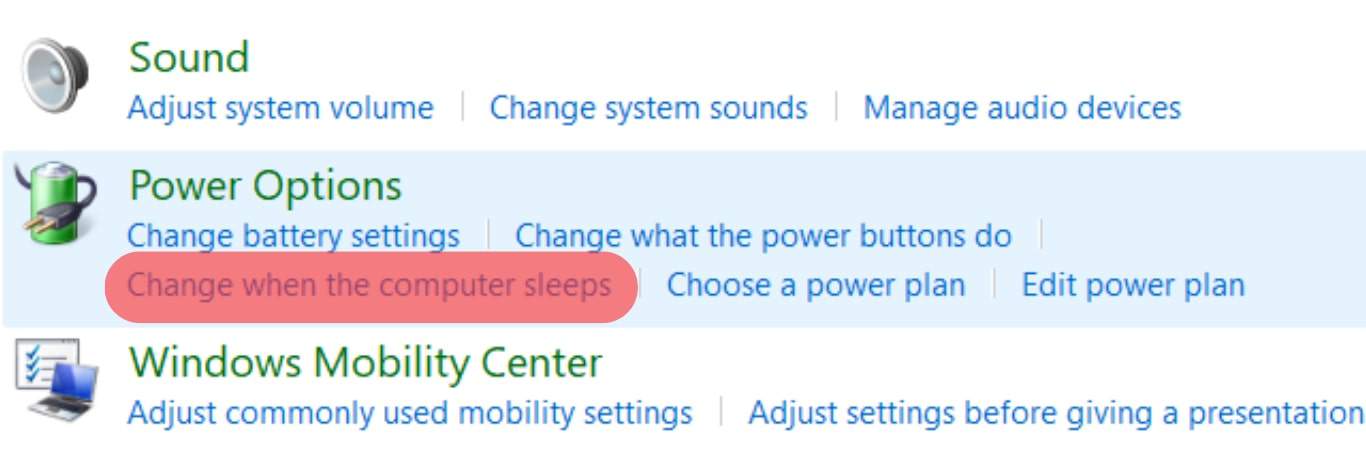
- Select “Never” on the Put the Computer to Sleep field.
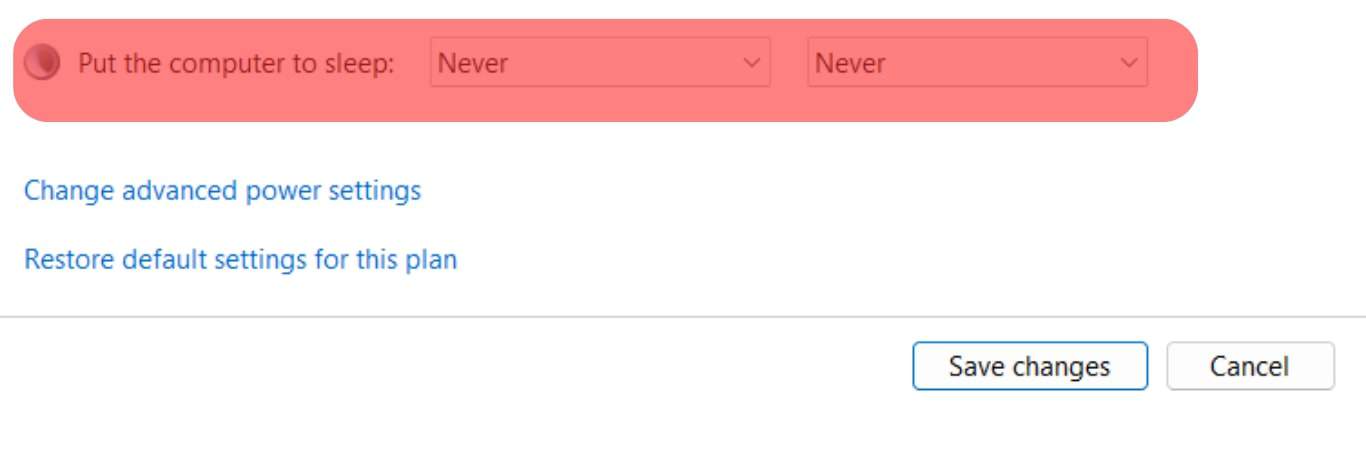
- Click “Save changes.”
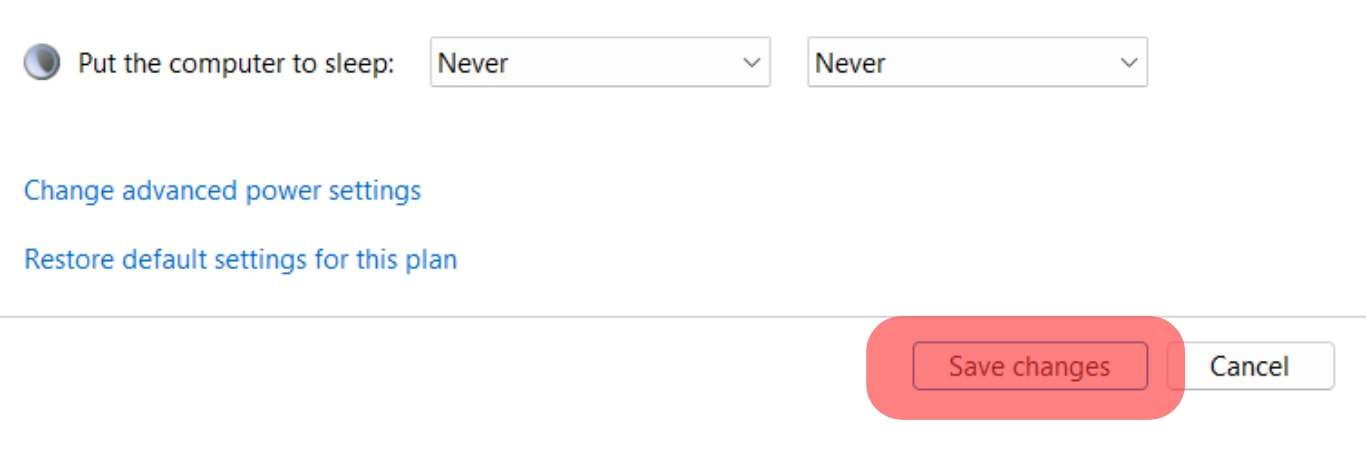
Keep Your Device From Going To Idle Mode
Another way to stop Microsoft Teams from showing “Away” is to keep your device from going into idle mode. Your computer may go idle when it can’t sense activity on your keyboard or with the cursor. There are various ways to prevent your device from going to idle mode.
- Running a media-playing app in the background. E.g., Netflix, Windows Media Player, or VLC Media Player.
- Using a third-party mouse-jiggler app like Mouse Jiggler and Move Mouse.
Wrapping Up
Your Microsoft Teams status automatically changes to “Away” Whenever you move away from the app briefly, the device idles or goes to sleep.
To stop the app from showing “Away,” set up a custom status message. You can also keep your device from going to idle mode or to sleep.
FAQs
A yellow dot on Microsoft Teams means the user is “Away.”
Microsoft Teams will show “Away” if you are inactive or away from the keyboard for more than five minutes. The status may also change to “Away” when you minimize the app running in the background as you work on another app.
If you don’t want to appear active or available on Microsoft Teams, minimize the app to run in the background, as this will automatically change the status to “Away.” Alternatively, you can set a custom status like “In a Conference,” “Busy,” or “Do Not Disturb.”





